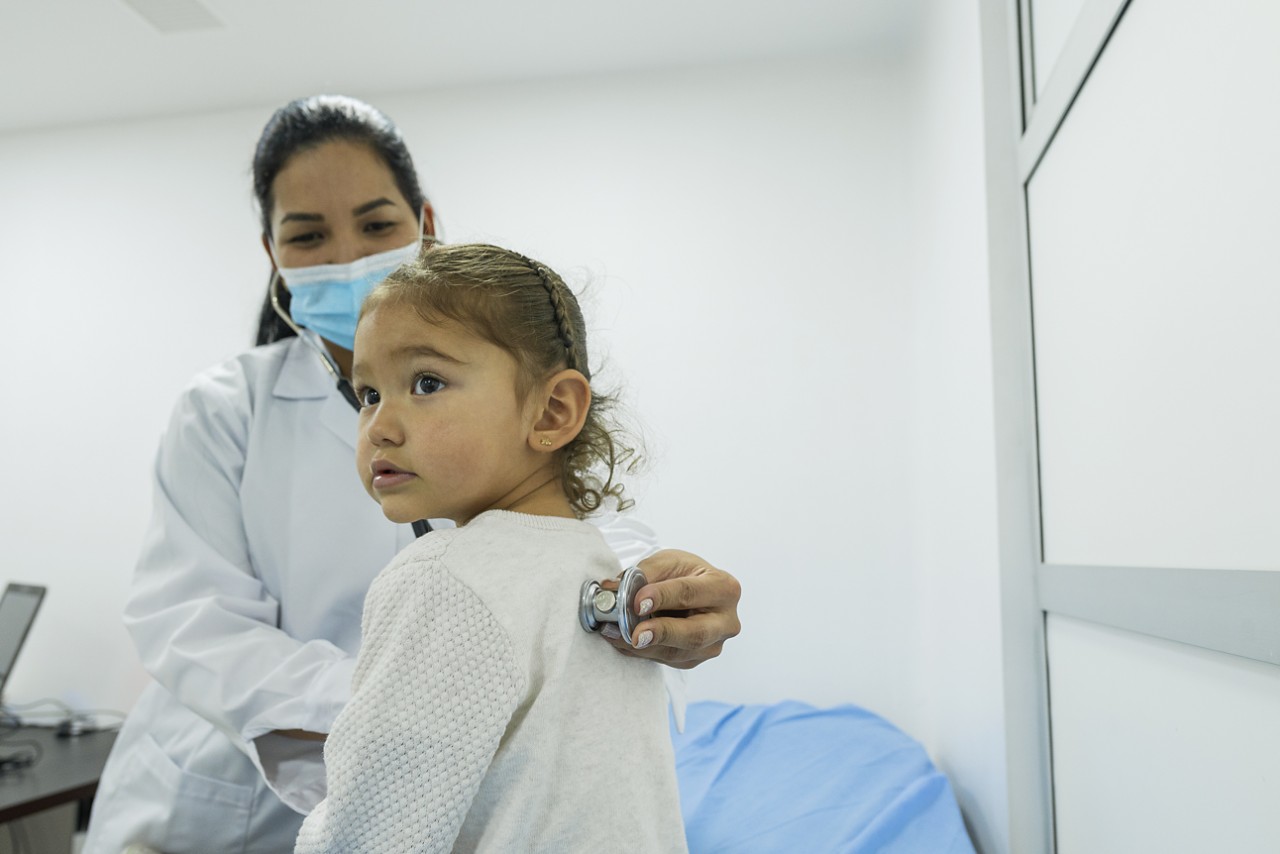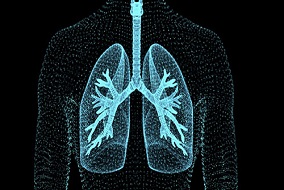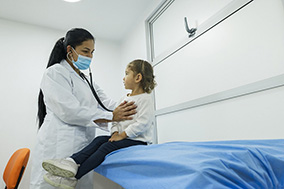What to expect: Seeking emergency care for RSV
Know the signs of severe illness
By now, you’ve likely heard of respiratory syncytial virus, or RSV. It’s one of three illnesses that comprise the “tripledemic,” or the collision of COVID-19, seasonal influenza, and RSV.

RSV presents largely like the common cold for most adults who are not immunocompromised. But for premature babies and young infants, it can become much more severe, even fatal, said Dr. John de Csepel, Global Regions Chief Medical Officer and Vice President of Clinical Research and Medical Science at Medtronic.
Doctors have encouraged parents to be vigilant – especially while the “tripledemic” hammered our hospitals and filled their emergency rooms. When faced with whether to seek emergency medical care for RSV or to treat at home, it could be a tough call to make.
For more mild cases, RSV can often be treated at home with extra fluids and Tylenol to help bring a fever down. Look for the following warning signs of severe disease and seek care, said Chief Medical Officer for Respiratory Interventions at Medtronic, Dr. Karen Phillips:
- Labored breathing. If the skin around your child’s ribcage retracts while they breathe, they could be struggling to take in oxygen. Additionally, watch out for audible wheezing and blue lips.
- A fever that won’t go down.
- A cough that gets worse
- Dehydration. Has your child stopped eating or drinking? Have you noticed a reduction in the number of times they’re using the bathroom? Not producing urine is a telltale sign of dehydration, Phillips said.
What to expect at the hospital
If you do seek emergency medical care, expect pediatric patients with breathing difficulties to be pushed to the top of the triage list.
"Generally, if a child presents to the emergency room with difficulty breathing, perhaps due to RSV, then the first treatments are to get that airway opened up again,” de Csepel said. Things like suctioning mucus, humidified air to help open the airways, and supplemental oxygen as needed may be administered.
“Be sure to go straight to someone and say, ‘My baby is struggling to breathe and it’s gotten worse,’” Phillips said. “These are the sort of warning phrases that would spring your clinician into action.”
Expect the clinician to ask questions about presenting symptoms and how long they’ve been going on. They’ll likely take some baseline vital signs, such as the patient’s heart rate. They may put a pulse oximeter probe on the patient’s finger to measure the amount of oxygen within the blood. A chest x-ray may be taken and, if the child is visibly distressed, the clinician may add some oxygen through a face mask.
“Generally, this is where kids get a bit fussy,” Phillips said. “They don't like anything on the face.”
Parents can help by demonstrating putting the face mask on themselves. Once kids start to feel better with the added oxygen, they tolerate it, Phillips said.
If extra hydration is needed because your child doesn’t feel like drinking or is too ill to try, the clinician may offer an IV to assist.
For children with underlying conditions like asthma or cardiac or respiratory disease, chances are the hospital may keep them overnight for monitoring and to ensure they become symptomatically better, such as they’re breathing more easily, they’re adequately hydrated, and they start eating and drinking again.
In rare cases, ventilation may be required. A ventilator is a machine that blows air in and out in cyclic fashion, taking over breathing for the patient and permitting their lungs to rest and heal.
While visiting the hospital with a sick child can be a stressful time, kids usually bounce back quickly, Phillips said.
“As we know, they’re pretty resilient little munchkins,” she said.
L001-01262023



